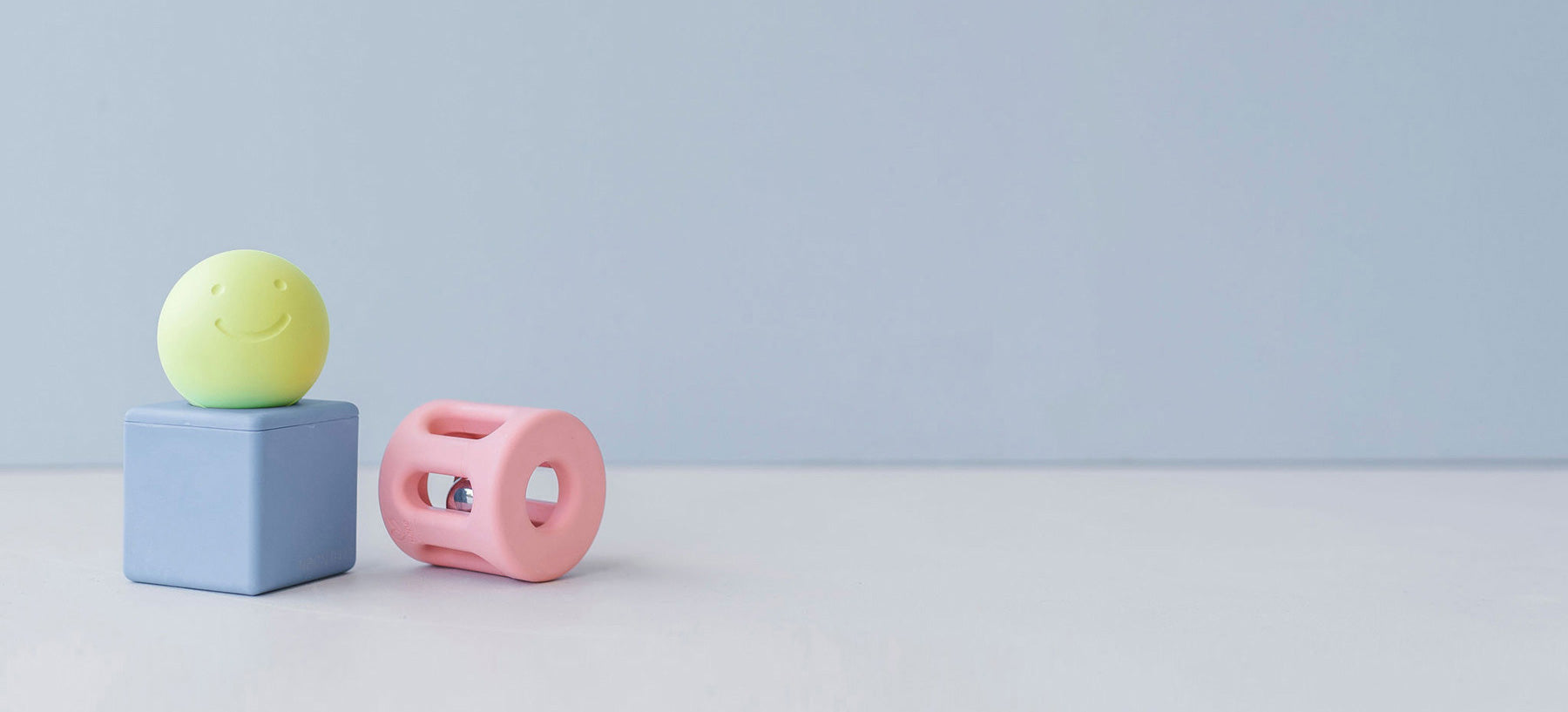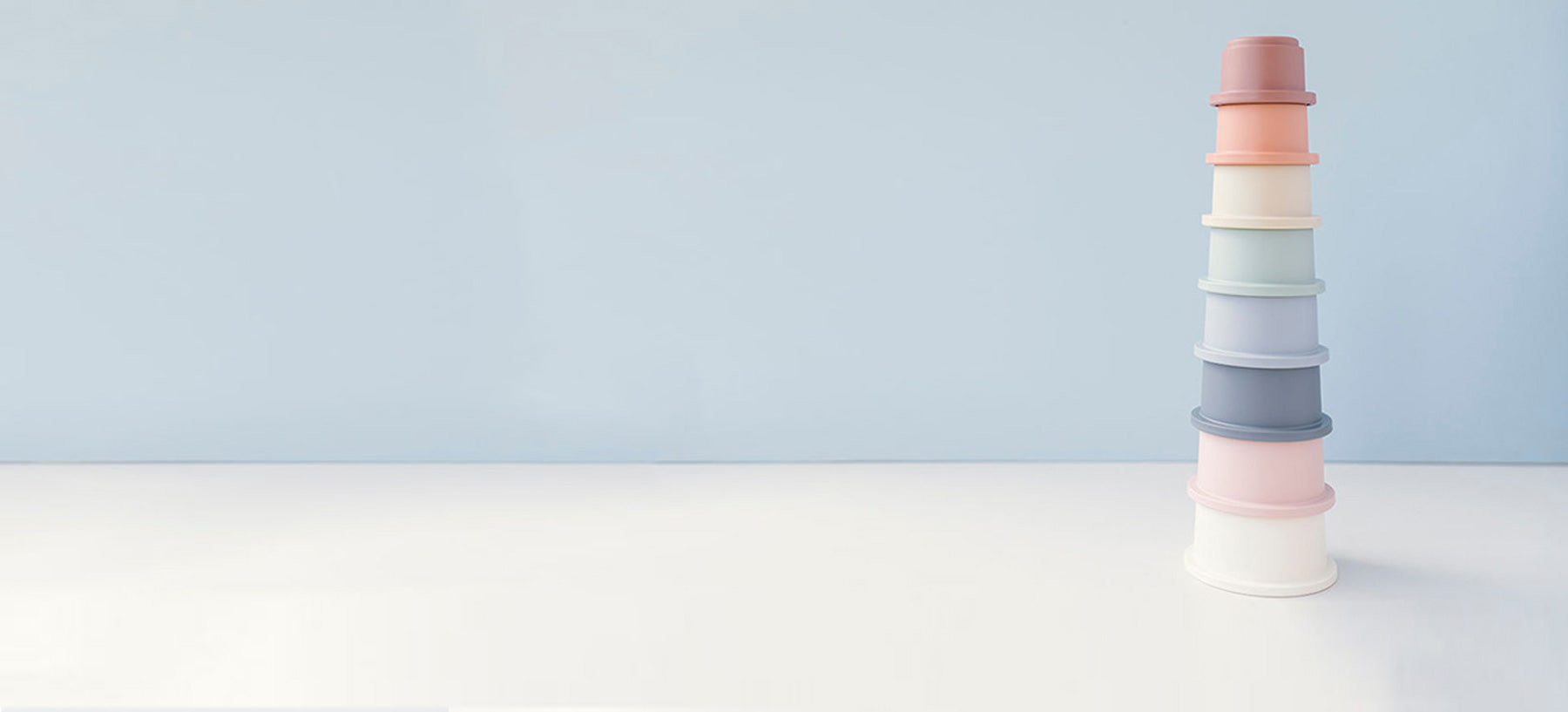Sensory time by Dr. Annette Henderson

Beyond reflexes, typically developing infants are born with the capacity to take in information from their environment through all of their senses but rely on experience in their environment to develop into mature develop into mature functioning systems. Infants and children are typically referred to as “little scientists” because they do quite well at actively exploring their environment. However, since there is so much to learn, parents, caregivers, and other people in an infant’s life play an important role in helping this development along by providing experiences that are set at the appropriate development level and most importantly, are fun and interesting (for you and your baby).
Here are some tips on how you can support your newborn’s development of their sensory systems…
Hearing
Infants can hear at birth, which means that you can expose them to all sorts of sounds. However, try not to whisper too quietly, they may not be able to hear you as they aren’t as good at hearing quiet sounds as are adults. Newborn infants are also not as sensitive to changes in pitch and so, adjusting speech to emphasize differences in pitch will help babies attend to what you are saying. This is perhaps the reason why infants are particularly attuned to infant directed speech (IDS). Infant directed speech is a type of speech that has properties which make it particularly interesting to babies which includes, speaking in a higher register than you would when speaking with adults, slowing down the speech and also showing greater variability in the pitch amplitude.
Newborn infants love to listen to music, songs, and infant directed speech, particularly when it is being provided by their primary caregivers. You can help your baby’s hearing continue to develop by talking to your baby as much as you can. Although the conversation might seem one-sided at the start, your baby is listening and soon enough, you’ll be able to notice changes in your baby’s responses when you change how and what you are saying. Naming the things in your baby’s environment is a fun way to start teaching them language and what words mean. Your baby will also show signs of recognising their names by 4 months of age. Saying their name often when talking to them will help them make that connection. By talking to your baby often, you are providing important building blocks foundational to language development.
Just one more interesting tip about language development – Babies are born with the ability to distinguish between sounds of all the languages across the globe, but this natural ability disappears by 12 months of age. This means that if there multiple languages being used near your baby, exposing them to them early in life will help them mastering those sounds.

Vision
When they are born, babies can see, although their vision is limited as their vision in several ways. For example, nearby objects like faces are blurry and they cannot see small things at a distance. This means that showing your baby images that are high in contrast (e.g., black and white) and simple (e.g., basic shapes) are good ways to ensure they can see what you are showing them, as well as support their developing visual system.
One area in which your baby’s visual system will develop over first three to four months of their life is object tracking. This ability allows us to follow objects as they move across our visual fields (e.g., keeping track of the ball while watching our favourite sports). To support your baby’s object tracking development, hold up a high-contrast object, picture in front of your infant, hold it there to a count of five, and then move it slowly in all directions (e.g., side to side, up and down, and forward and backward). When they are 3-4 months, you will be able to notice your baby tracking the object with their eyes, which means you can start playing around with the speed of your movements. For example, you can then “hop” the object across your baby’s visual field or move it at different paces. Don’t forget to positively reinforce your baby throughout your play (e.g., “Good job, you are figuring it out!”) … it will keep them interested and help build up that ever so important confidence.

Touch
Activating the touch senses is a great way to create connections with your baby, as well as supporting the development of their tactile system development. Play around with different ways of touching your baby’s body. Stroke their cheek with your hand, finger, but also soft objects around the house like a feather, blanket, or a spoon. Watch how your baby responds to different textures, temperatures, and pressure. Keep in mind though that your baby can feel pain so, make sure that you are sensitive to the texture and temperature of each of the items.

Smell
Newborn infants can tell the difference between the various odours that they encounter, but need to learn the associations between the odour and the real-world event. The world of a newborn is bursting with new sights, sounds and smells for which they need to learn how to associate with the real objects and events in their world. all of which they do not yet have associations be associations. So, you can support development of this system by helping your baby make connections between a smell and what is responsible for that smell. This means that when you notice a change in smell, talk about it and label it for your baby because it is very likely that your baby will also notice the change in smell.

Taste
Newborn infants’ facial expressions when trying different tastes demonstrates that they can tell the difference between sweet, sour and bitter fluids. However, this is one sense that we don’t want to play around too much until solids are beginning to be introduced closer to the second half of their first year of postnatal life.

Multiple Modalities
As you can see babies are born ready to learn from their world. While there are activities that can be done to support each individual sensory system, babies actually learn best when multiple senses are activated at the same time. For example, parents can enhance learning by accompanying visual experience with sounds. One example might be hopping the visual stimulus across your baby’s visual field while also saying, “look, it can move like a bunny. Hop, hop, hop.”. Another fun way to combine modalities is to do actions while singing to your baby. “Patty cake” is a tried and tested action song. An important thing to remember, your baby is learning everything for the first time and so, they will have fun if you are having fun too. Enjoy this truly special stage of enhancing your baby’s perceptual development!
Dr. Annette Henderson


